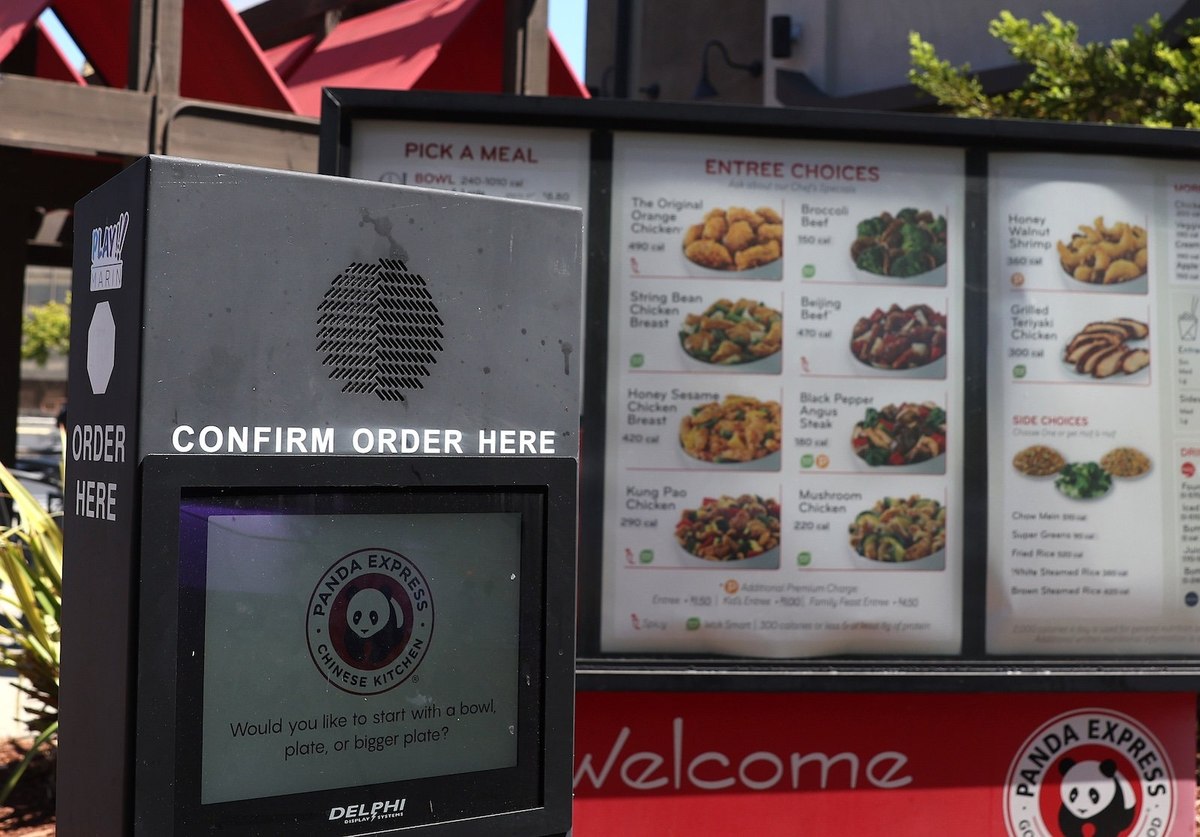
Income, loyalty, and other factors guiding supermarket decisions among US consumers
Like with most purchases, price is a major determinant when it comes to governing consumers’ supermarket choices. The majority of US consumers (66%) cite lower prices as a significant factor in their choice of supermarket.
And while other considerations are also in play, it is useful to understand just how much weight to attach to them. Following closely after price, for example,58% of respondents prioritize the availability of necessary products. Convenient location also weighs in quite heavily, with 54% selecting supermarkets based on their proximity to their residence or workplace. The desire for variety and diverse options is reflected in the 46% who value a wide range of products. Additionally, discounts (44%), good customer service (42%), and high-quality products (37%) play pivotal roles in shaping consumer decisions.
Are there income-specific patterns?
Delving deeper into the data reveals income-specific patterns. Lower prices resonate strongly across all groups, with rates diminishing only slightly among those who make $80,000 a year or more.
Loyalty programs can be an attractive option for a third of those earning between $40,000 and $79,900 (32%) and $80,000 or more (31%). In contrast, brand loyalty has relative prominence with higher income earners (20%), compared to 17% overall. Similarly, the pursuit of high-quality products intensifies in the $80k+ income bracket, with nearly half of respondents (46%) seeking such quality assurance, compared to just 33% and 34% from the lower- and middle-income groups, respectively.
While parking space availability can be a consideration for around one in five respondents, the data underscores the relatively lower importance of electric vehicle (EV) charging facilities, with an average of 5% seeking such amenities across all income categories. This barely changes across income groups.
In conclusion, while economic considerations and product availability remain universal determiners, income-based nuances highlight the varying degrees of importance assigned to specific factors. Understanding these subtleties is crucial for supermarkets aiming to tailor their offerings and strategies to different consumer segments.
Make smarter business decisions with better intelligence. Understand exactly what your audience is thinking by leveraging our panel of 20 million+ members. Speak with us today.
Methodology: YouGov Surveys: Serviced provides quick survey results from nationally representative or targeted audiences in multiple markets. This study was conducted online on November 27-28, 2023, with a nationally representative sample of 1,143 adults in the United States (aged 18+ years), using a questionnaire designed by YouGov. Data figures have been weighted by age, gender, education, social grade and region to be representative of all adults. Learn more about YouGov Surveys: Serviced.
Image: Getty Image

































